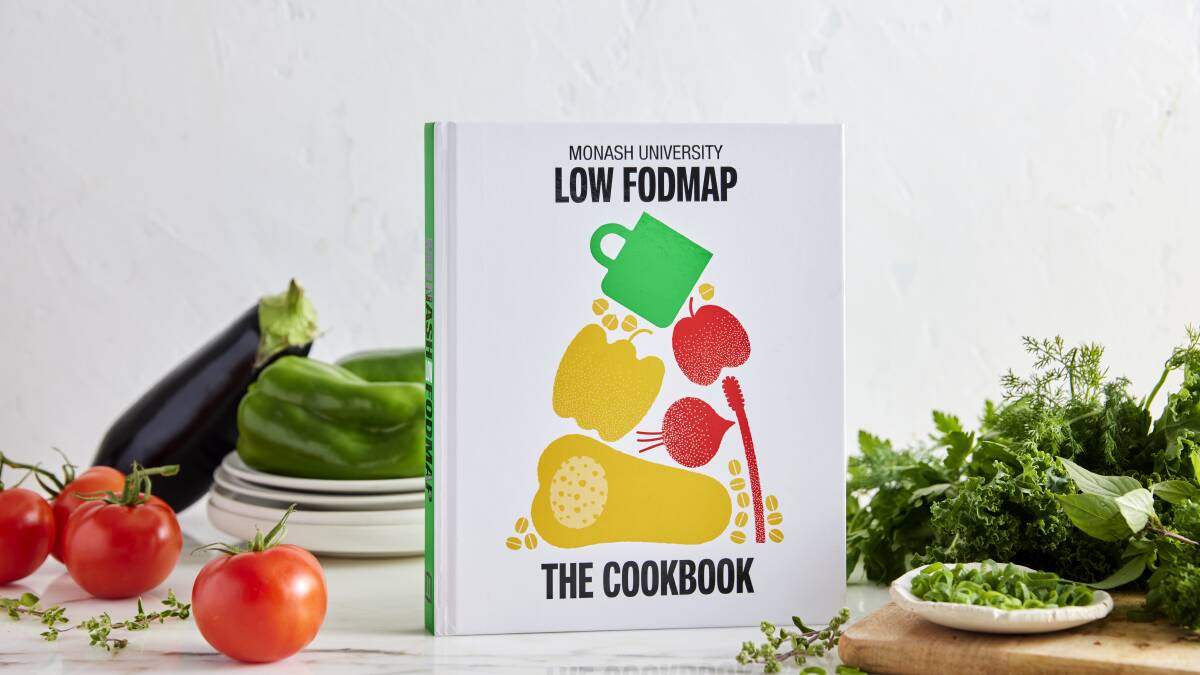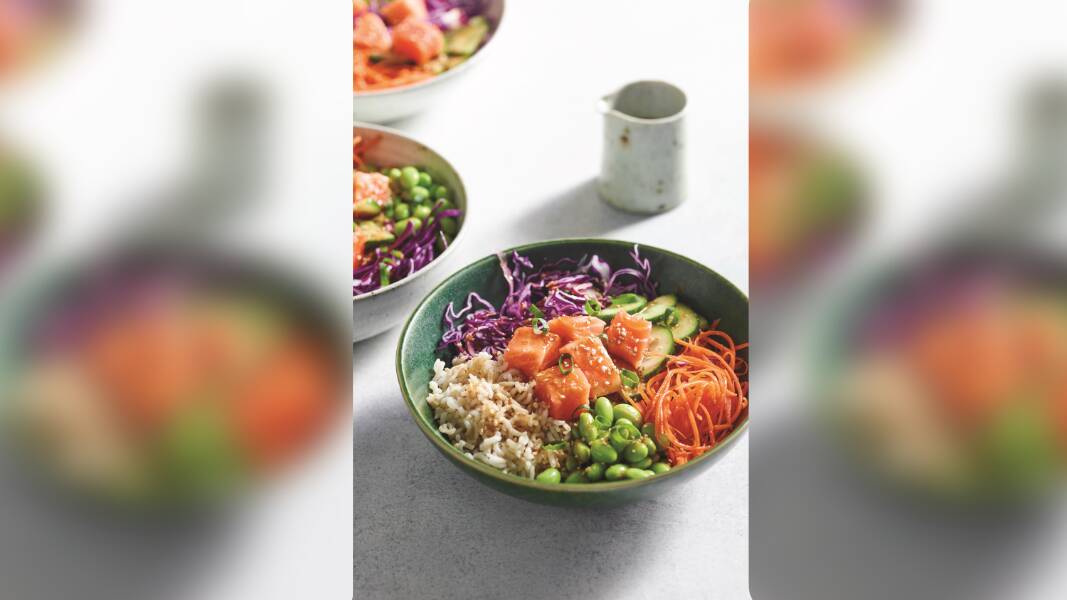Anyone who's felt the aches and pains of irritable bowel syndrome knows the discomfort of dealing with digestive problems.
Subscribe now for unlimited access.
$0/
(min cost $0)
or signup to continue reading
Certain foods can set off days of bloating and it can be a painful journey to find a diet that doesn't trigger symptoms.
A team of Monash University researchers are taking the groan out of irritable bowel syndrome (IBS) by releasing a cookbook to guide sufferers toward a pain-free diet.
Monash IBS researchers have been on the cutting edge of dietary treatment since the mid-2000s

They developed the low FODMAP diet, reducing the intake of foods with certain carbohydrates, to treat IBS and they've had "unprecedented" success with relieving symptoms.
Monash University nutrition science associate professor Jane Muir told ACM the cookbook has "120 delicious and nutritious recipes", designed and tested by dietitians.
How does the low FODMAP diet treat IBS?
FODMAP stands for Fermentable Oligosaccharides, Disaccharides, Monosaccharides And Polyols - they're carbohydrates that some people can't completely digest or absorb.
These carbohydrates are found in a wide span of foods including onion, garlic, peaches, pears, milk and cashews.
For people with IBS, these carbohydrates can draw water into the small intestine and, as they move into the large intestine, start to ferment with gut bacteria - producing gas as a result.
The gas and water pushes on the intestinal walls causing the pain and discomfort of IBS.
IN OTHER NEWS:
Monash University's low FODMAP evidence-based therapy is designed to reduce these symptoms for the one in seven adults affected by IBS, associate professor Muir said.
The diet restricts the intake of these carbohydrates which has improved symptoms for three out of four people with IBS, she said.
Designing a low FODMAP diet
This diet should only be used as treatment for IBS, and in consultation with a dietician, Associate Professor Muir said.
FODMAP carbohydrates react differently and each person's experience with IBS will be unique, she said.
The cookbook introduces a three step approach for designing a diet to treat the specific needs of each reader.
These steps guide readers through understanding the foods that trigger an IBS response and how to personalise the diet to their needs.
Associate Professor Muir said FODMAP intolerances could change as we grow older.
"It's really worthwhile retesting and challenging yourself because you can overcome some of these sensitivities," she said.
Low FODMAP for global cuisines
The app developed by the Monash University team draws on the world's largest database of FODMAP-tested foods.
This database can help tailor low FODMAP diets in a range of international cuisines, with the cookbook incorporating recipes from around the world.

The Monash dieticians collaborating to write this book worked on menu testing throughout COVID-19 lockdowns, associate professor Muir said.
"It was a great joy for people to do this during that time," associate professor Muir said.
"We wanted it to be good home cooking because we're not chefs, we're dietitians," she said.
The book adapts popular international recipes so dishes will be "easy for people to make at home," she said.
The stacking system
The cookbook introduces a "stack cup" showing readers the concentration of FODMAP carbohydrates present in each meal.
One stacked cup is equivalent to the FODMAP limit people with IBS can digest in a meal.
This system lets readers mix and match dishes from the book to combine recipes and customise meal plans.
It can also be used to create a dinner party spread that, when eaten all together, won't trigger IBS symptoms.
For example, the cookbook's miso soup recipe reaches half the FODMAP limit for one meal, it fills two out of the four segments on the stack cup.
On the same page, the book suggests other two segment recipes, including chicken yakitori, salmon poke bowl or miso-glazed eggplant, to round out the meal - but not trigger symptoms.


